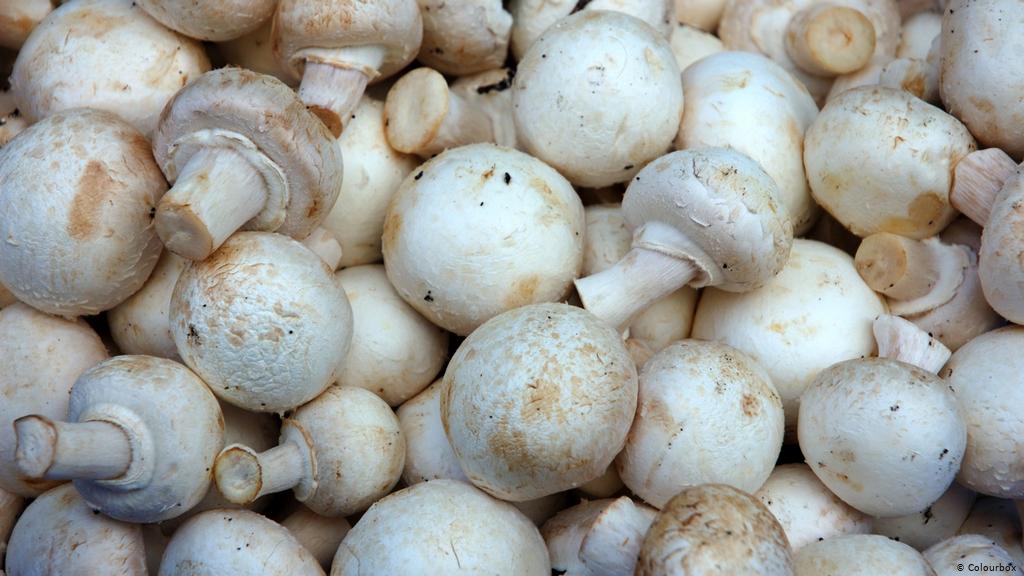Psilocybin mushrooms, ordinarily known as enchantment mushrooms, are growths that contain psychoactive mixtures like psilocybin and psilocin. These mixtures prompt hallucinogenic impacts when ingested and are tracked down in different species, including Psilocybe cubensis and Psilocybe semilanceata. The psilocybin vs amanita muscaria is typically found in temperate regions of the Northern Hemisphere.
Taste Profile
Psilocybin mushrooms are known for their gritty and some of the time marginally nutty flavor. The taste can differ marginally contingent upon the species and how they are ready. By and large, they have a sharp, mushroom-like taste that certain individuals see as okay, while others might think that it is unsavory.
New versus Dried Mushrooms
New psilocybin mushrooms have a gentler surface and a milder taste contrasted with dried mushrooms. They might have a marginally rubbery consistency when new, and the flavor is fairly less harsh. Dried psilocybin mushrooms, then again, have a more focused flavor and are frequently depicted as more extreme.

Cooking and Culinary Purposes
Psilocybin mushrooms are seldom consumed for their taste alone yet are some of the time integrated into culinary dishes. They can be added to food varieties like pizzas, soups, or pasta sauces to cover their flavor.
Surface and Consistency
As far as surface, new psilocybin mushrooms are to some degree disgusting when bitten, which certain individuals might find disconcerting. Dried mushrooms are all the more firm and can be brittle. The surface can impact the general insight of consuming them.
Individual Inclinations and Contemplations
The flavor of psilocybin mushrooms is emotional, and individual inclinations change. Certain individuals view the taste as reasonable, particularly when ready with tasty fixings. Others might think that it is testing, especially in the event that they have serious areas of strength for a to the flavor of mushrooms. Both psilocybin vs amanita muscaria have been used traditionally for ceremonial, shamanic, and religious purposes in different cultures.
